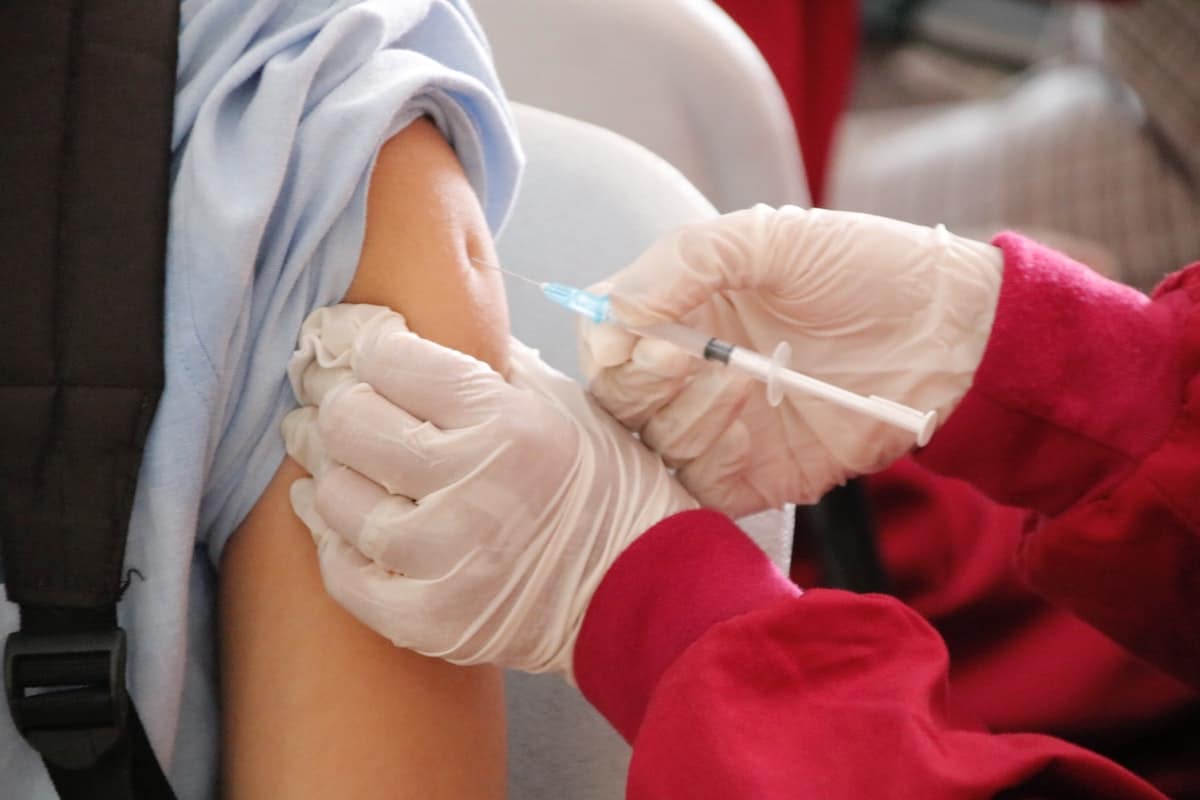Table of Contents
In late December 2020, COVID-19 began its invasion of the United States. As the catastrophic damage continued to climb, citizens were left waiting for vaccines, desperately trying to build immunity against the dangerous virus. In early 2021, vaccines were approved for use. Unfortunately, the rollout was turbulent and moderately chaotic. The conditions for vaccine distribution restricted access to immunization. Immunocompromised and vulnerable populations received initial doses, but shortages continued to slow access. Many eligible Americans were left behind, facing long lines, difficulty getting appointment times, and long lines.
Although the initial difficulties were complicated, they were multiplied by the naturally short shelf-life cold storage vaccines posed within the community. Finally, the complex sign-up requirements and technological reliance on booking an appointment left many without access to the life-saving vaccine.
Difficulty During the Sign Up Process
While the initial vaccine rollout included seniors and other at-risk populations, the elderly struggled to navigate online portals and booking systems. Those wanting protection against COVID-19 waited hours in line at local clinics, hoping to secure an appointment cancelation. Many seniors required help from younger family members, trying to navigate online for the elusive appointment.
Detrimental Vaccine Scarcity
The vaccine’s strict usage and storage requirements pushed situations into further dismay. Those wanting a vaccine would often book multiple appointments, hoping to find one closer than previously booked slots. As more people started booking multiple appointment slots, an influx in no-shows, double bookings, and unaccounted-for openings surged. Studies estimated that nearly 30% of all COVID-19 vaccine appointments were ultimately canceled or no-show appointments. With the extensive rise in cancelations, so too rose the level of vaccine waste—heartbreaking news for anyone still trying to secure the jab.
Limiting Vaccine Waste Issues
All providers were required to follow strict protocols for the stability of cold storage vaccines. These factors included specific temperature control for transportation and thawing times before diluting the vaccine. All thawed vaccines had to be used within timeframes. As clinics determined the vaccine quantities before thawing, many relied on the online scheduling times as a guide. These appointment guides ensured anyone booking an appointment received the vaccine.
Before the Dr. B vaccine list, any surplus vaccines were given to anyone nearby or within the facility. Surplus vaccines included no-shows, miscalculations, and cancelations. Previously booked appointments that didn’t show also contributed to the daily excess for a facility.
Dr. B Helped Fight Covid-19 Surplus
The platform’s founder Cyrus Massoumi helped identify significant gaps in the vaccine deployment models, especially regarding vaccine waste and expiration. Massoumi understood the issue facing clinics and vaccine shortages, a heartbreaking situation for countless Americans. He recognized the impact vaccine waste held when the healthcare industry was trying to connect patients with the jab. Watching even 30% of all vaccines in the garbage was heartbreaking enough without factoring in the strict guidelines and limitations held by local, state, and federal guidelines.
The Dr. B website was a simple solution. Individuals interested in receiving a COVID-19 vaccine could register directly through the platform, while local registered providers could report any surplus online. Those individuals within the geographic area would receive instant notification for the available appointment.
Looking at the Platform in Action
Massoumi worked to develop the website’s launch to improve underserved community reach. He hoped to help these communities gain immediate access before reaching the general public. Massoumi reached out intentionally, offering early access to the Dr. B waitlist. Hypothetically speaking, more at-risk individuals could find a vaccine dose during a time of severe shortage. As popularity continues to climb, more than 2.5 million people registered online throughout the year.
Providers around the United States quickly joined the network, too, with nearly 750 different establishments jumping on the platform. Dr. B followed complex algorithms to notify all eligible candidates of the available dose, many requiring immediate administration (most often within 20 minutes of text message receipt).
Developing the Notification Process
Registering through the website was effortless; completing the application directly online. All registrations included name, phone number, address, employment information, and any ongoing medical issues. After completing the application, the website automatically prioritized patients according to specific risk factors. Anyone with pre-existing medical conditions or old age was given priority contact. Subsequent priority also included state legislation and ongoing mandates.
When a vaccine became available within an applicant’s geographic location, the platform sent an automated text message to the candidate. After receiving the text message, individuals could confirm the appointment time or decline the vaccination. The platform would put anyone refusing the vaccine at the back of the priority status at that time.
How Dr. B Successfully Fought Covid
Eventually, vaccine accessibility improved, allowing easier accessibility overall. Website registration closed as the shortage ended. Dr. B’s platform proved highly successful, sending over one million notifications through the network. While limited quantities plagued Americans, Dr. B kept unvaccinated Americans connected with the available surplus. Over 2.5 million people registered for notifications, while 755 different clinics committed to minimizing vaccine waste. During uncertainty, Massoumi established a comprehensive platform that helped fill a void in vaccine distribution, minimizing resource loss simultaneously.


